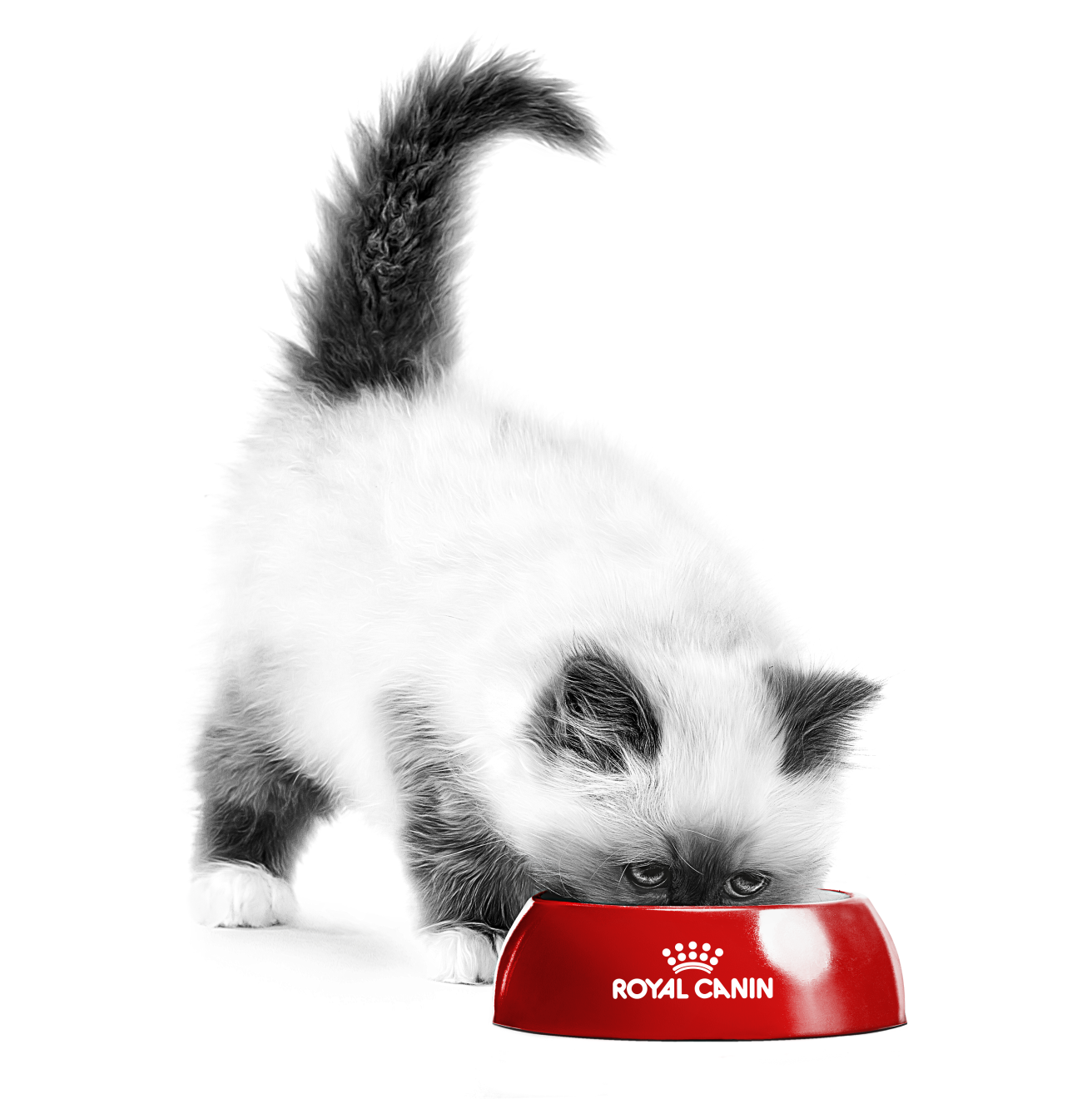Healthy habits, healthy cats: Introduction to puzzle feeders
by Ontario SPCA and Humane Society | Cat Care | December 15, 2020

Sponsored by our friends at Royal Canin
In the wild, cats use a great deal of physical and mental activity for locating, stalking, chasing, pouncing, killing, preparing and eating prey. In fact, almost 5 hours of an outdoor cat’s daily activity involves hunting, roaming or eating! Many behavioural disorders result from situations where cats are prevented from performing these natural behaviours.
The introduction of food puzzles can provide many benefits. They provide physical activity and mental engagement, while tapping into their natural hunting instincts. They also increases the amount of time spent engaged in food capture and consumption, which is very important especially considering how outdoor cats will choose to spend their time.
STEP 1: CONSIDER YOUR CAT’S PERSONALITY
Is he outgoing? Active cats typically prefer mobile feeders, and enjoy a variety in type and difficulty level. Is he quiet? Passive cats typically prefer stationary puzzles with less movement and noise.
STEP 2: CONSIDER YOUR CAT’S CURRENT DIET
Wet food is best with stationary puzzles, whereas kibble can be utilized with either mobile or stationary puzzles.
STEP 3: CONSIDER HOW YOUR CAT TYPICALLY INTERACTS WITH HIS TOYS
Cats who use their noses should start with mobile puzzles that they can push around. Cats who use their paws will likely do well with either.
STEP 4: START SIMPLE
Use clear puzzles with multiple openings so your cat can see and smell the food. The puzzle should be set to the easiest setting.
STEP 5: FILL THE PUZZLE!
Initially, getting food from the puzzle should be as easy as getting food from the bowl. The food should fall out of mobile puzzles with little manipulation, and the reservoirs of stationary puzzles should be overflowing.
STEP 6: WAIT UNTIL YOUR CAT IS HUNGRY
Puzzles should not be introduced on a full belly, as your cat may not show interest. Some cats respond better by using a high-value food or treat to start.
STEP 7: SET YOUR CAT UP FOR SUCCESS
Introduce the puzzle in a quiet area where they will not be disturbed. Some cats may respond to kibble being placed on the floor around the puzzle so they can slowly make the association between puzzle and food.
STEP 8: INCREASE THE CHALLENGE
As your cat uses the puzzle more easily, gradually increase the difficulty level. Transition to puzzles that are opaque, have smaller or few holes, or are an unusual shape, such as a cube.
Troubleshooting puzzle feeders with your cats
Multi-cat Households: Some cats will work together on puzzles, but be sure to have enough puzzles for all cats to engage individually if desired.
Dogs: Restrict food puzzles to areas where the dog cannot access, or provide the dog with its own puzzle to work on!
Specialized diets: Most diets can be used inside puzzle feeders. If cats cannot share diets, place puzzles in a restricted area where only one cat can access.
Frustration: When access to resources changes, it can cause frustration. Introduce puzzles slowly, staging the difficulty level appropriately for the cat.
Lack of Interest: Try multiple types of puzzles, as some cats interact differently with their toys and prey, and may appreciate a different type of feeder.
Visit www.royalcanin.com for more information!
Categories
Testimonial
As an animal lover all the work you do
As an animal lover all the work you do to help ensure that every dog and cat can find their forever home that is filled with love is greatly appreciated.
